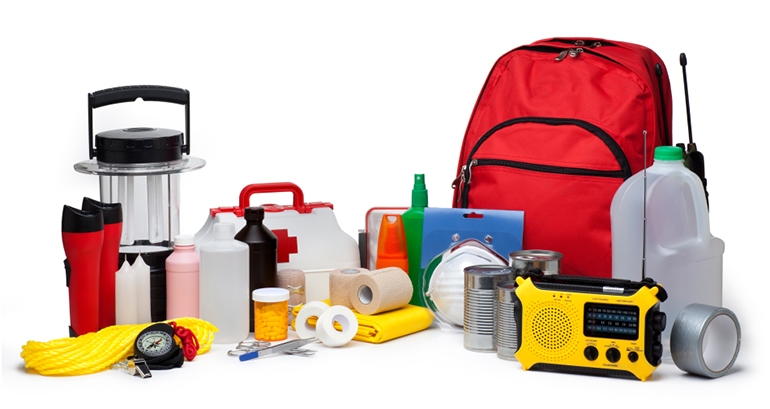Winter weather: Snow and ice in unincorporated King County

A snow plow at work in unincorporated King County.
Status update
Check back here when snow and ice are expected in our region.
Check your snow route
Will your route be clear this winter?
King County plows and treats 583 miles of designated snow and ice routes. If you do not live on a designated route, be prepared for the possibility you may need to stay home and avoid driving for up to several days during a major winter storm.
Primary routes for plowing and sanding in a countywide snow and ice event
Map of 2022-23 snow routes PDF 2MB
Winter weather frequently asked questions
Our snow and ice routes are categorized by number. The routes are plowed and sanded in priority order. Category 1 and 2 routes contain main arterials and major roads. These routes are treated first because emergency responders rely on them. Once our Category 1 and 2 routes are taken care of, we move on to plow and sand our Category 3, 4, and 5 snow and ice routes.
We work with first responders to clear roads that are outside of our designated snow routes when directed by 9-1-1.
Category 1:
- High-volume arterial roads that provide regional connections between communities and main highways
- Lifeline emergency routes, routes to hospitals and other emergency services
- Transit snow routes
Category 2:
- Main thoroughfares and roads that lead to densely populated areas and state highways
- Minor collector roads that serve densely populated areas
Category 3:
- Main roads that connect towns and large subdivisions with cities
- Roads connecting Category 1 and Category 2 routes.
- Residential roads in lower and upper elevations that connect neighborhoods to each other.
If your road is on a designated snow route but has not been plowed, you may call or email our 24/7 Road Helpline to find out the status of your route.
Make sure to check the snow route map PDF 2MB to see if your road is a designated snow route. We plow and sand designated snow and ice routes by category. Category 1 is plowed first, then Category 2, and so on. It could take up to three days to plow and treat Categories 1 and 2, depending on how much snow we get. This means, if your road is on a Category 3, 4 or 5 route, it could take several days until crews are able to treat your road.
Community members who do not live on a designated snow and ice route should prepare in advance for the possibility of being snowed in for up to seven days during a major winter storm.
Countywide events often require us to dispatch all of our available snow response resources to plow and sand as many miles of designated snow routes as possible.
Category 1:
- High-volume arterial roads that provide regional connections between communities and main highways
- Lifeline emergency routes, routes to hospitals and other emergency services
- Transit snow routes
You can check our Winter Weather Response Map to see where our plows have recently cleared away snow.
We will work with first responders to clear roads that are outside of our designated snow routes when directed by 9-1-1. However, in most cases, communities should not expect roads other than designated snow routes to be plowed and sanded in any type of storm.
King County crews from other departments such as the Department of Natural Resources and Parks are also trained to drive plows and help clear and sand roads within our designated snow route area when needed.
Please do not attempt to plow a county road.
Residents or contractors who plow a public road risk significant personal liability if someone is hurt or killed, or if property is damaged. Other jurisdictions such as Pierce and Snohomish counties also do not allow private residents or private contractors to plow public roads.
Ice can form sooner on the decks of bridges and overpasses before it does on the roadway because air can circulate both above and below the surface of the elevated roadway, causing the pavement temperature to drop more rapidly. Ice can also form in shaded areas.
The calcium chloride (salt) adheres to the surface helping prevent ice from forming. Salt and water can cause rust on metal vehicles and equipment. Boost provides a chemical reaction that prevents rust from forming when the anti-icer solution comes into contact with vehicles and snow-removal gear.
Dry salt is most effective after the snow has accumulated about an inch and the temperature is 20 degrees Fahrenheit or higher. If the temperature is below 20 degrees, crews use a mixture of pre-wetted salt and sand to break up ice and increase traction. Pre-wetted salt and sand sticks to cold, icy surfaces better and jump-starts the ice melting process.
Roads and flooding
Flooding can occur after a heavy snowfall melts. Learn about flooding in unincorporated King County and our response.

 Translate
Translate

